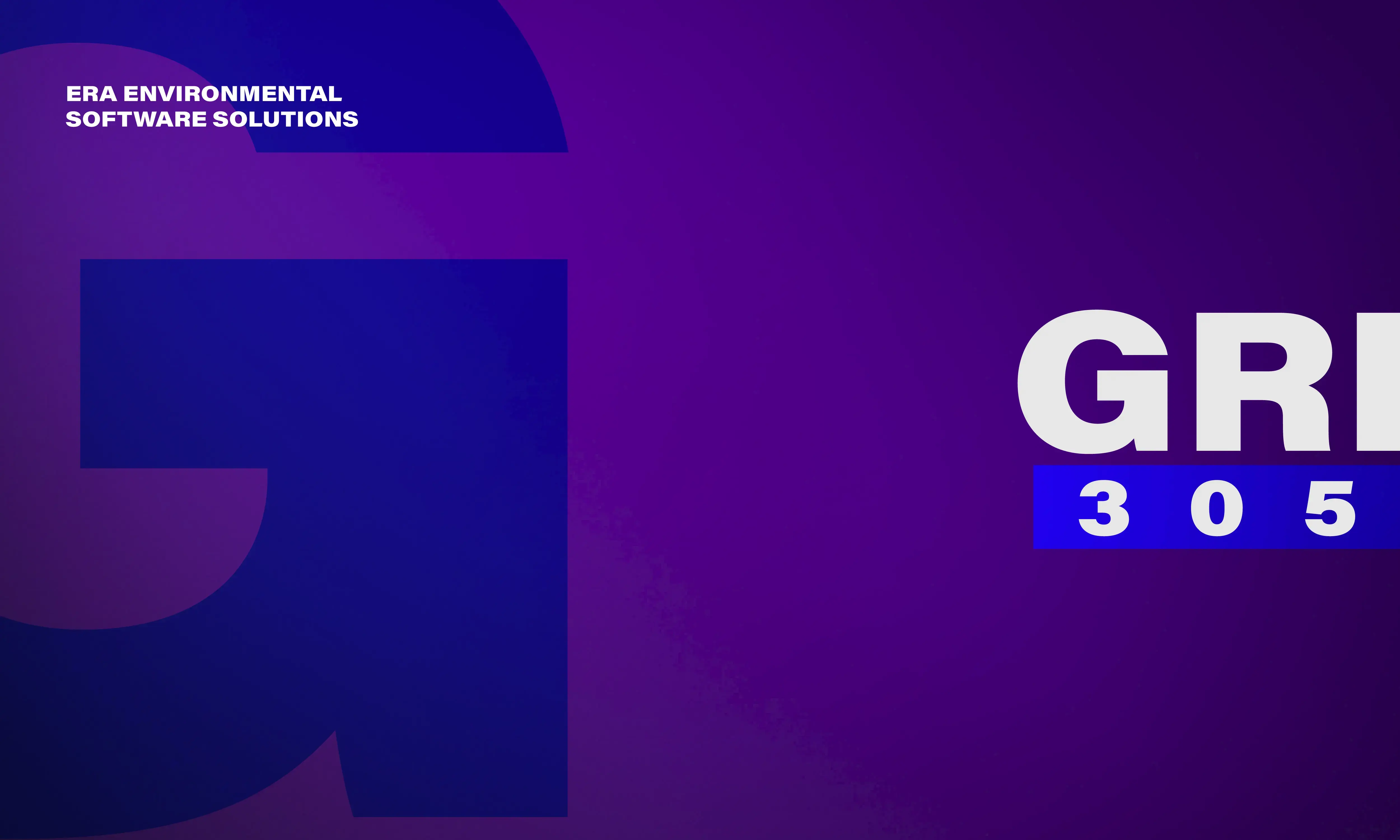Navigating OSHA’s 29 CFR Regulations
You’re likely already familiar with OSHA’s 29 CFR regulations, but are you aware of the full scope of these standards and your obligations under them? This cornerstone of federal labor regulation establishes health and safety standards that shape every aspect of the American workplace. Here’s what ...












